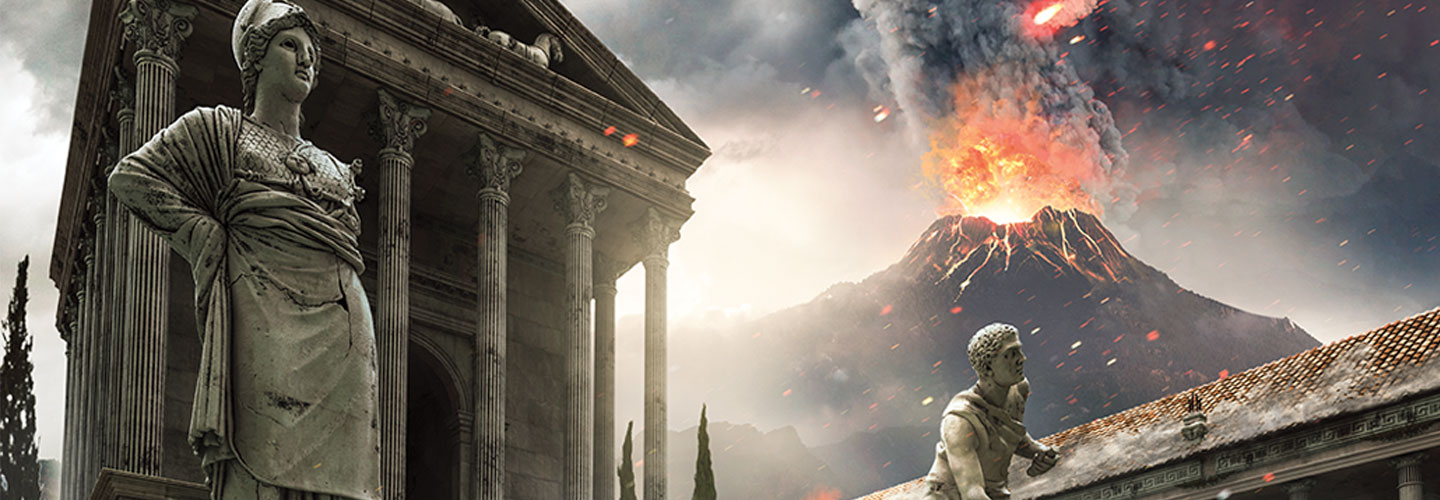It was more terrifying than any disaster movie—and absolutely real. In 79 A.D., the volcano Mount Vesuvius on Italy’s western coast unexpectedly erupted. In a matter of hours, the nearby Roman city of Pompeii and its neighbor Herculaneum were buried under tons of ash and volcanic rock. An estimated 2,000 people were killed.
For 17 centuries, Pompeii stayed buried. Since archaeologists began uncovering the site in the 18th century, the world has been fascinated by the unique gaze it has given us into the ancient past. Last year alone, more than 3 million people visited the site.
Pompeii may soon attract even more visitors. An ambitious $145 million effort sponsored by the European Union and the Italian government is unlocking more secrets of the city. The Great Pompeii Project, as the effort is known, is discovering fascinating new details about how Pompeians lived—and how they died.
At the same time, the project’s experts are working hard to save the ancient site, which has been threatened by centuries of both natural and human damage.
The ultimate goal, project director Massimo Osanna told National Geographic, is to reconstruct ancient Roman life “as though we have taken close-up photographs of a society 2,000 years ago.”
It was more terrifying than any disaster movie—and absolutely real. In 79 A.D., Mount Vesuvius, a volcano on Italy’s western coast, suddenly erupted. Over several hours, the nearby Roman city of Pompeii and its neighbor Herculaneum were buried under tons of ash and volcanic rock. An estimated 2,000 people were killed.
For 17 centuries, Pompeii stayed buried. In the 18th century, archaeologists began uncovering the site. Since then, the world has been captivated by the extraordinary look it has given us into the ancient past. Just last year, more than 3 million people visited the site.
Pompeii may soon attract even more visitors. The European Union and the Italian government are funding a $145 million program that plans to reveal more of Pompeii’s secrets. Called the Great Pompeii Project, its mission is to discover interesting new details about how Pompeians lived. It will also learn more about how that disaster killed them.
At the same time, the project’s experts are working hard to save the ancient site. The ruins have been threatened by centuries of both natural and human damage.
The final goal, project director Massimo Osanna told National Geographic, is to re-create ancient Roman life “as though we have taken close-up photographs of a society 2,000 years ago.”



